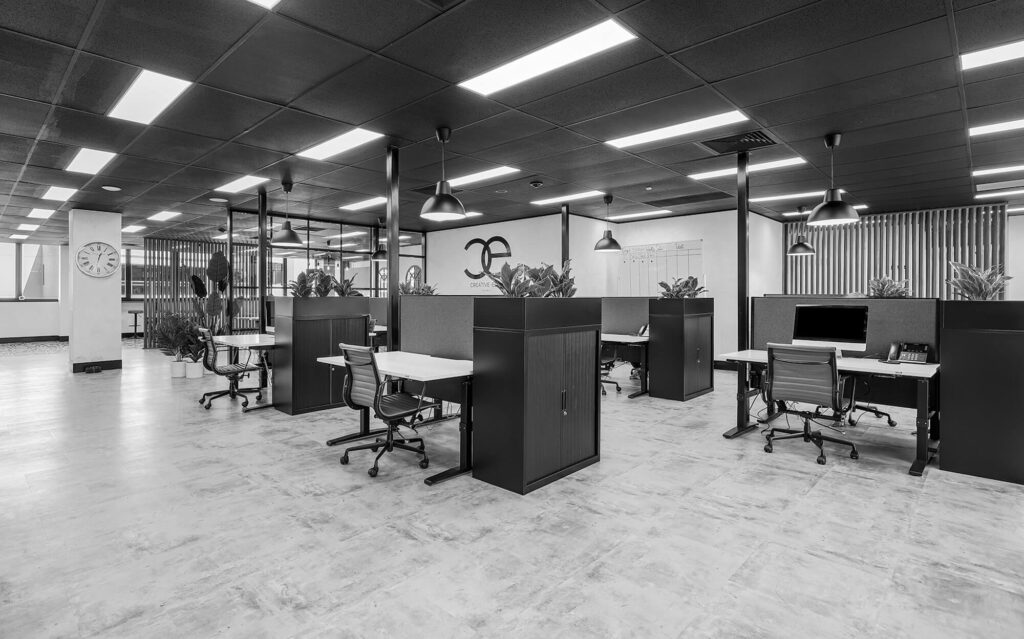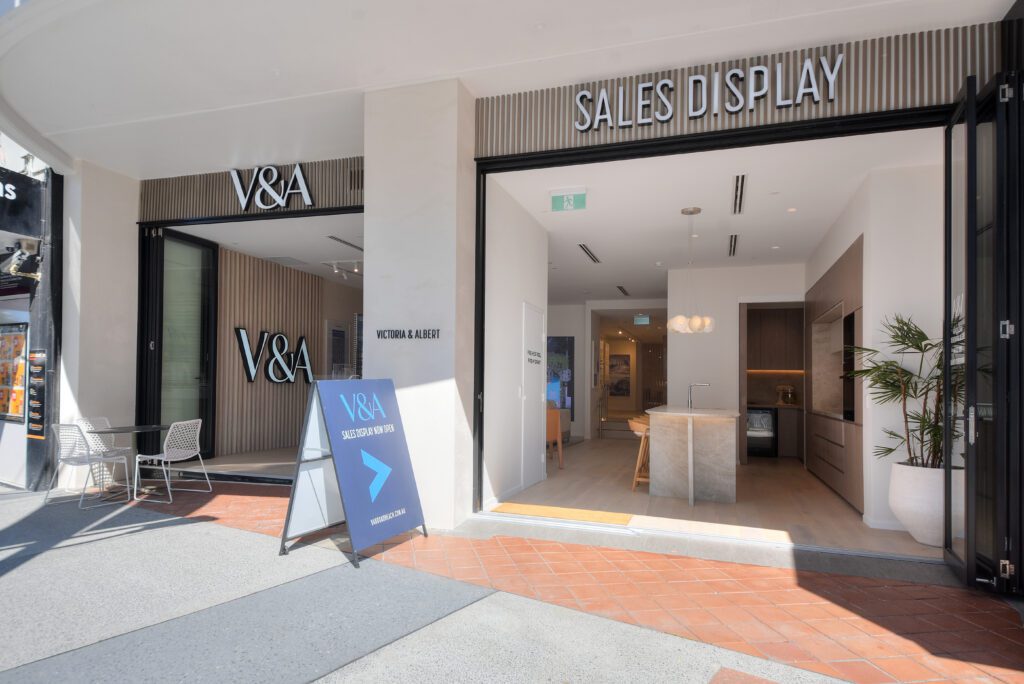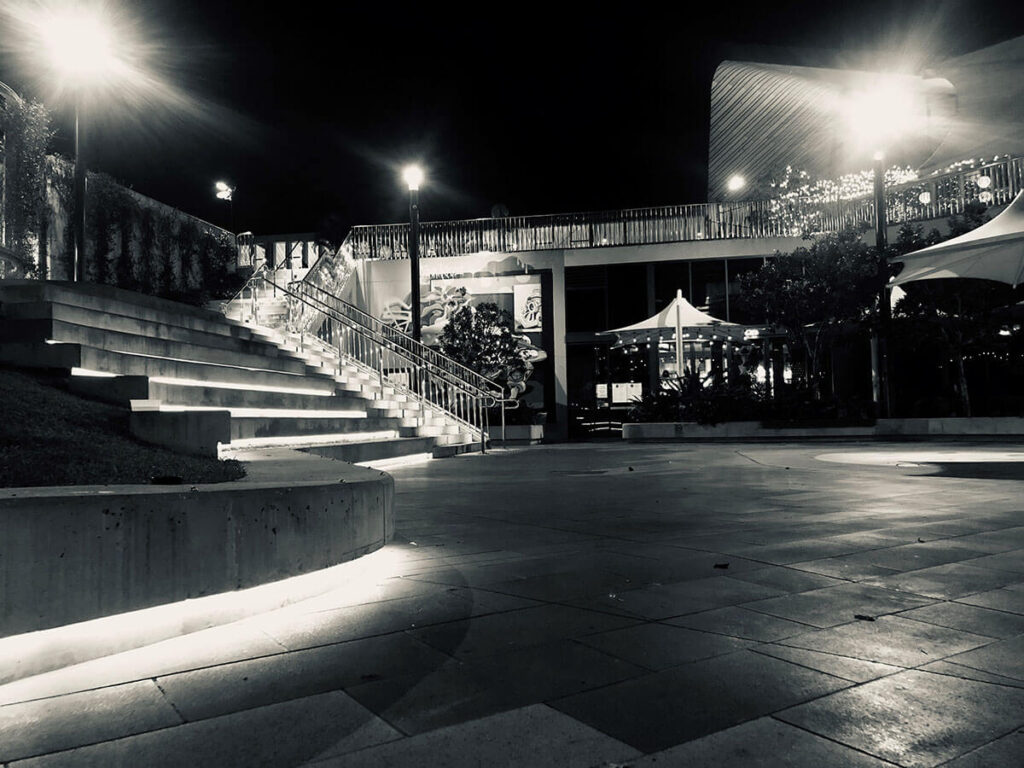The modern workplace continues to evolve, and office fitouts are adapting to new work styles, technology, and employee expectations. As we enter 2025, businesses are prioritising flexibility, sustainability, and employee well-being when designing office spaces.
Office fitouts are no longer just about aesthetics; they play a crucial role in productivity, collaboration, and attracting top talent. This year, the focus is on creating workplaces that foster creativity, efficiency, and a strong company culture.
In this guide, we explore the top office fitout trends for 2025, helping you stay ahead in designing a workspace that is future-ready.
1. Flexible and Hybrid Workspaces
With hybrid working becoming the norm, offices are moving away from rigid layouts and embracing flexible designs that cater to both in-office and remote employees.
- Hot Desking and Activity-Based Working: Employees choose workspaces based on tasks, whether it’s a quiet booth for focus work or a collaborative hub for team discussions.
- Multi-Functional Spaces: Offices incorporate modular furniture and movable partitions, allowing spaces to be easily reconfigured for different activities.
- Hybrid Meeting Rooms: Video conferencing technology is integrated into meeting spaces to facilitate seamless collaboration between in-office and remote employees.
2. Biophilic Design and Nature-Inspired Workspaces
Bringing nature indoors is a growing trend as businesses recognise the benefits of biophilic design in enhancing well-being and productivity.
- Indoor Plants and Living Walls: Greenery improves air quality and creates a calming, inspiring environment.
- Natural Light Optimisation: Maximising natural light reduces reliance on artificial lighting, enhancing mood and energy levels.
- Organic Materials: The use of wood, stone, and natural fibres in office interiors promotes a sense of connection with nature.
3. Sustainable and Eco-Friendly Fitouts
Sustainability is no longer an option—it is a necessity. Businesses are adopting eco-friendly practices in their office fitouts to reduce their environmental footprint.
- Recycled and Sustainable Materials: Office furniture, flooring, and decor are increasingly made from recycled or sustainably sourced materials.
- Energy Efficiency: LED lighting, smart thermostats, and motion sensors help reduce energy consumption.
- Waste Reduction Initiatives: Companies implement paperless work environments, recycling stations, and composting solutions.
4. Smart Office Technology
Technology continues to shape the workplace, and smart office solutions are enhancing efficiency and convenience.
- IoT-Enabled Workspaces: Smart sensors adjust lighting, temperature, and air quality in real-time for an optimal work environment.
- AI-Powered Meeting Rooms: Voice-activated assistants and automated scheduling systems streamline meeting organisation.
- Wireless and Touchless Solutions: Contactless entry systems, wireless charging stations, and voice-controlled devices improve hygiene and convenience.
5. Ergonomic and Employee-Centric Design
Employee well-being is at the forefront of office design, with a focus on ergonomics and comfort.
- Sit-Stand Workstations: Height-adjustable desks encourage movement and reduce the risks of prolonged sitting.
- Acoustic Solutions: Soundproofing materials, quiet zones, and noise-cancelling technology help minimise distractions.
- Wellness Rooms: Meditation areas, nap pods, and wellness spaces provide employees with a place to relax and recharge.
6. Bold and Branded Aesthetics
Offices are moving away from generic corporate designs and embracing unique aesthetics that reflect company culture.
- Custom Artwork and Graphics: Wall murals, digital displays, and branding elements reinforce identity and inspire employees.
- Vibrant Colour Palettes: Bold colours define different areas, enhance creativity, and energise the workspace.
- Unique Textures and Finishes: Matte, metallic, and textured surfaces add depth and sophistication to office interiors.
7. Enhanced Collaborative Spaces
Collaboration is key in the modern workplace, and offices are incorporating more areas designed for teamwork.
- Huddle Rooms: Small, enclosed spaces equipped with tech for impromptu meetings and brainstorming sessions.
- Open Collaboration Zones: Comfortable lounge areas, communal tables, and writable walls encourage idea-sharing.
- Co-Working Elements: Some businesses adopt co-working-style layouts to foster interaction and innovation.
8. Wellness and Mental Health Focus
Workplace wellness is no longer just a perk—it is essential to employee satisfaction and performance.
- Mindfulness and Relaxation Spaces: Quiet zones, wellness programs, and greenery-filled breakout areas promote mental well-being.
- Fitness and Movement Integration: Standing desks, office gyms, and walking paths encourage physical activity.
- Air Quality and Ventilation: Improved HVAC systems and air purifiers ensure a healthier work environment.
9. Home-Inspired Office Design
Employees expect offices to feel as comfortable as home, leading to the rise of ‘resimercial’ (residential + commercial) design.
- Comfortable Seating: Sofas, armchairs, and soft furnishings create a welcoming atmosphere.
- Kitchen and Café Spaces: Modern offices now feature well-equipped kitchens and coffee lounges to encourage social interaction.
- Personalisation Options: Employees have flexibility to personalise their workspaces for a sense of ownership.
10. Inclusive and Accessible Office Spaces
Creating an inclusive workspace that accommodates diverse needs is a priority for businesses in 2025.
- Adjustable Workstations: Desks and chairs that accommodate employees of all abilities.
- Accessible Facilities: Wheelchair-friendly pathways, braille signage, and height-adjustable meeting room technology.
- Neurodiverse-Friendly Design: Quiet zones, calming colour schemes, and sensory-friendly areas for employees with diverse needs.
Conclusion
The office fitout trends of 2025 reflect a shift towards flexibility, sustainability, and employee-centric design. Businesses are investing in workspaces that enhance productivity while fostering well-being, collaboration, and innovation.
By staying ahead of these trends, companies can create environments that attract and retain talent, support hybrid working, and promote a positive workplace culture.
If you’re looking to upgrade your office space with a modern fitout, Industry 7 specialises in tailored solutions that align with the latest trends. Get in touch with our team to discuss your project today!


